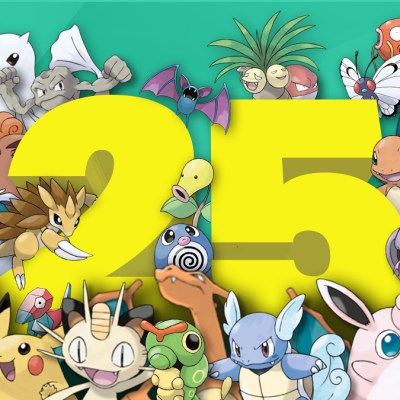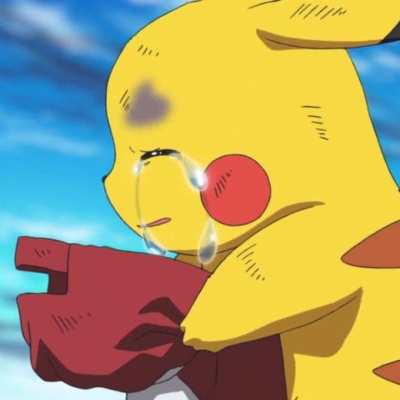How Pikachu Became Pokémon’s Mascot
Pikachu is the undisputed mascot of the Pokémon franchise, but the iconic character was almost replaced by some surprising candidates.
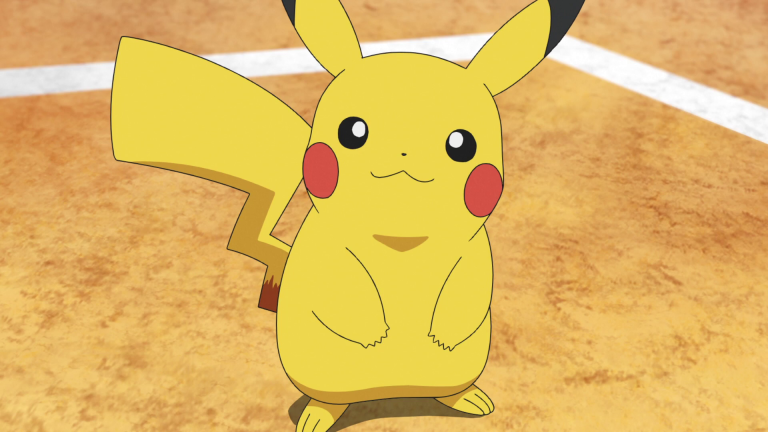
If any Nintendo character could ever replace Mario as Nintendo’s mascot, it would have to be Pikachu. For over 25 years, Pikachu has served as the face of the Pokémon franchise in a way that makes it easy to imagine someone instantly identifying the electric creature even if they’d never played a Pokémon game.
In fact, Pikachu’s status as one of gaming’s greatest mascots has embedded itself so deeply into our collective pop-culture consciousness over the years that many of us probably never stopped and thought how odd it is that Pikachu earned that status in the first place. After all, he wasn’t on the original game covers, he wasn’t one of the starter Pokémon offered at the beginning of the first games, and between you and me, the original version of Pikachu wasn’t even particularly powerful. So how did he become one of the most popular video game characters ever?
The answer to that question can be found in this fascinating story that proves the world is sometimes ruled by a series of coincidences and that Pokémon could have easily ended up with a different mascot if things had played out just a bit differently.

Charizard, Venusaur, and Blastoise: Pokémon’s Cover Stars
In a way, the strangest thing about Pikachu’s eventual status as Pokémon’s mascot is the fact that Pokémon launched with three different cover stars who didn’t automatically earn that title: Charizard, Venusaur, and Blastoise.
As the final evolutions of Charmander, Bulbasaur, and Squirtle, it makes sense that those three Pokémon graced the covers of Pokémon Red, Green, and Blue, respectively. You could argue that the actual starters were the more logical choices for the games’ covers, but the final evolutions of those creatures not only look better; they helped convey the idea that the first Pokémon you see in the game are going to evolve as you progress.
However, the fact that those three are such logical cover star choices only makes it that much more confusing that none of those Pokémon were chosen as the series eventual “mascot.”
There’s certainly a strong case to be made for each of those Pokémon becoming the eventual franchise mascot. Bulbasaur, for instance, is not only the first Pokémon listed in the Pokedex, but Pokémon composer Junichi Masuda says that Bulbasaur is his favorite starter Pokémon because his unique look makes him a “very Pokémon-like Pokémon” who exemplifies the unique style of the franchise.
Squirtle/Blastoise would have been an interesting choice if for no other reason than the impact of Pokémon Blue. Not only was Pokémon Blue the upgraded (arguably definitive) version of Pokémon Red and Green in Japan, but “blue” was chosen as one of the colors for the franchise’s U.S. releases due partially to the belief that blue and red could remind American gamers of the U.S. flag’s colors. In a way, then, you could argue Squirtle was believed to have international appeal.
So far as starter Pokémon go, though, Charmander/Charizard may have the best resume for future mascot status. His powerful design has long made him an instant favorite amongst some fans, and he’s the only one of the starter Pokémon to appear on the covers of both the Japanese and international versions of the games. He also embodies the “dinosaur” look the Pokémon team was originally going for during the early creature design phases. For that matter, Rhydon could have been the mascot as he was the first Pokémon designed for the game, and statues of him even appear throughout the original titles.
Ultimately, none of those Pokémon were chosen to be the game’s mascot, and it’s still not entirely clear why. However, the simplest explanation is that the Pokémon team wasn’t thinking about having a “mascot” during the series’ earliest days and didn’t pick the starter Pokémon or the cover stars on the basis of their viability as eventual icons. Simply put, they weren’t thinking of Pokémon as this potentially global franchise that would impact the industry for the next 25 years when they were still just trying to finish and tweak the games.
Besides, once it became clear that Pokémon was evolving into a global franchise, it seems that some prominent members of the team started considering the possibility of choosing and promoting a mascot. However, that mascot wasn’t any of the starter Pokémon, and it certainly wasn’t Pikachu. It was instead a Pokémon that somehow become somewhat lost to time despite the fact that the franchise’s designers and developers clearly had big plans for them.
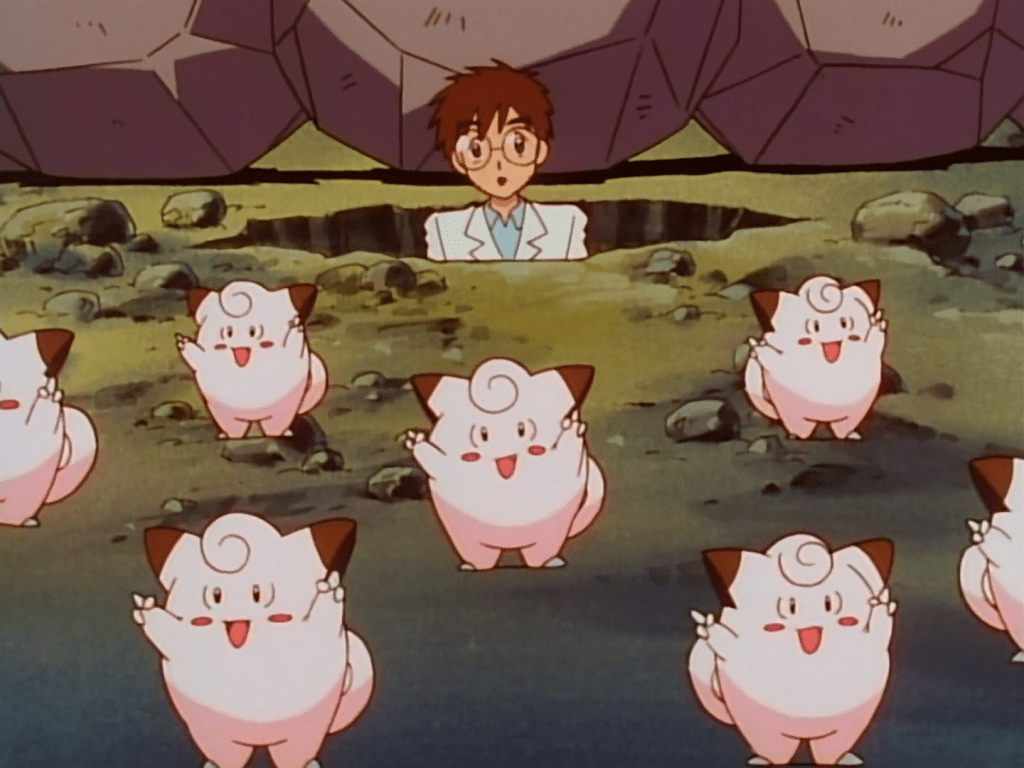
Clefairy: The Original Pokémon Mascot
All due respect to Clefairy, but as a normal-type Pokémon who doesn’t boast any especially notable abilities and even looks similar to a couple of other Pokémon (most notably Jigglypuff), it’s hard to believe that there was a time when the creature was the frontrunner to become the series’ mascot.
Yet, Clefairy’s status as the “original” Pokémon mascot has never really been disputed. What seems to be a little more debatable are the details of that decision that ultimately led to them losing that lofty title.
There’s really no clear answer to the question, “Why was the Pokémon team so high on Clefairy?” It’s an undeniably cute Pokémon who somewhat resembles another Nintendo icon (Kirby), but it’s not like the original game was hurting for cute creatures. Pokémon creator Satoshi Tajiri once mentioned that Pikachu becoming the mascot wasn’t his idea, but it’s not clear if they or any other high-ranking members of the team were Clefairy champions early on.
What we do know is that Clefairy was chosen to be Red’s starter Pokémon in the game’s manga series: one of the first major pieces of Pokémon “merchandise” released after the games. Actually, Clefairy’s appearance in those early stories is remarkably similar to how Pikachu was eventually used in the anime series. They’re the main character’s first Pokémon (despite not being one of the starter Pokémon featured in the games), they have more of a defined personality than other Pokémon, and they even seem to be portrayed as somehow more intelligent and independent than other creatures.
In fact, the popular version of this story suggests that Clefairy was supposed to play the role that eventually went to Pikachu in the anime. Why was such a dramatic change made at the proverbial last minute? There are several reported reasons that could help explain how Clefairy lost its mascot status so quickly.
A somewhat less popular version of the Clefairy story suggests that Clefairy mascot casting was compromised by the surprisingly raunchy nature of the early Pokémon mangas. That almost certainly seems to be the reason those stories weren’t initially released in America, and it’s been rumored someone at Nintendo didn’t like the association.
Much more popular reports suggest that the “problem” with Clefairy from a marketing standpoint was the idea that Clefairy’s design would largely appeal to female gamers. By comparison, Tajiri says that there was a feeling at the time that Pikachu’s design would potentially appeal to both “boys and girls.” However, it’s also been suggested over the years there were internal numbers floating around at that time that revealed Pikachu’s design was actually catching on more with female gamers than Clefairy’s was. Along those same lines, there are rumors that Charmander and Rhydon weren’t selected as mascots because their designs would possibly appeal more to boys than girls. However, that last bit seems to be more of an implication based on what ultimately happened rather than a fact pulled from a specific quote or statement.
In general, though, it seems like Nintendo and the Pokémon team just felt like Pikachu’s design helped the creature stand out more. Along with reportedly being more appealing to a larger demographic, there seemed to be a belief that Pikachu looked more like a “pet” than other Pokémon and that people would be more likely to buy merchandise featuring it because of a desire to have it in their home. That’s especially interesting considering that one story suggests that Nintendo felt Pikachu needed to be “bulked up” for the international release of the game, but the character was actually eventually “trimmed down” in comparison to its original design (aka “fat Pikachu” who was designed to resemble a squirrel).
In a series with titles based on colors, it’s also interesting to note that Pikachu’s color scheme was a big part of the reason why he eventually became the series’ mascot over Clefairy. Not only did some at Nintendo feel that Pikachu was more recognizable from a distance, but because there were fewer major characters in pop culture that utilized a similar color scheme (besides Winnie the Pooh), their hope was that Pikachu would have less “competition” from other mascots.
Ultimately, though, the decision that changed everything came from the Pokémon anime team. The show’s artists and writers wanted to focus on a specific Pokémon as part of the seres’ plot and ultimately suggested to Nintendo that they felt Pikachu would be the perfect Pokémon to headline the show due to the character’s growing popularity at the time. The game’s designers were hesitant, but early test footage that emphasized Pikachu’s voice helped win them over. That anime was released with Pikachu as its star, became an international sensation, and pretty much solidified Pikachu’s status as Pokémon’s mascot.
But wait, why was Pikachu so popular among fans before they became the most visible Pokémon in the world? Strangely enough, part of Pikachu’s popularity can be attributed to the fact it wasn’t that visible in the beginning…
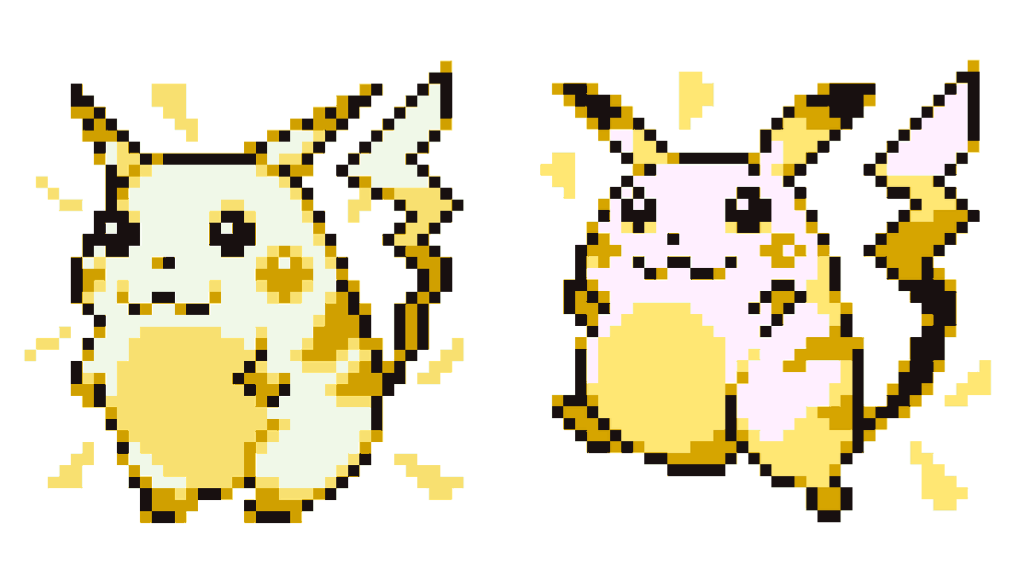
Pikachu: The Rare Pokémon Some Players Didn’t Think Existed
We’ve talked about this before in greater detail, but you can’t underestimate how much urban legends and myths helped popularize the Pokémon franchise. The mere hint of hidden Pokémon in the game was a cornerstone of the marketing blitz that turned Pokémon from a potential niche concept into one of the biggest franchises in the world.
It’s appropriate, then, that Pikachu became Pokémon’s mascot given that he also directly benefited from an element of mystery that left some fans speculating that his appearance may have been a myth or some kind of rare phenomenon.
How rare is Pikachu in the original Pokémon games? The numbers have never been confirmed beyond any doubt, but most information suggests you have a pretty good chance of finding one near the Power Plant (where Pikachu may have a 50% appearance rate). However, that area isn’t discovered until much later in the game, and many players might not even need an electric Pokémon by that point.
It is possible to find a Pikachu in Viridian Forest, but the odds of running into one in that area are reportedly as low as 5%. At that time, an electric Pokémon was much more useful to many Pokémon players, especially if they chose Bulbasaur as their starter.
Interestingly, Pikachu’s low appearance rate wasn’t just a happy accident that eventually contributed to his legacy. According to Masuda, one of the Pokémon planners was scoping out some of the new creature designs when they spotted Pikachu. They were so impressed with the character’s looks that they immediately mentioned the creature was too cool to be common. Masuda suspects that they just wanted to be the only one with a Pikachu and didn’t want too many other gamers naturally discovering one ahead of them. In one of the most adorable bits of executive interference ever reported, the developers agreed to keep his appearance rate low.
This is where Pikachu’s popularity and eventual mascot status really became a matter of momentum. Pikachu was a rare Pokémon with a unique design. Either you encountered it in the game and probably thought “Wow, that looks way cooler than the caterpillars and birds I’ve been catching,” or you saw someone else had caught him and immediately wanted to know how and where. In any case, by the time that the anime rolled around, Pikachu was this clearly popular Pokémon with a built-in fanbase, a great design, and the support of the show’s artists and producers. He was really just a natural choice across the board.
Of course, if you believe some rumors, it seems that someone at Nintendo may not have given up on the idea of Clefairy or some other creature becoming one of Pokémon’s most prominent figures.

The Mascot Mystery of Pokémon Pink
Pikachu’s mascot status was solidified by the Pokémon anime’s popularity, but it was arguably sealed by the release of Pokémon Yellow: a wildly popular spin-off that allowed players to choose Pikachu as their starting Pokémon much like Ash did in that show. The release of Yellow put Pikachu in the spotlight in a way that the main Pokémon games had never previously presented him.
However, a fascinating legend suggests that Pokémon Yellow wasn’t the only Pokémon spin-off release that Nintendo planned to release at that time that would have largely focused on a cover star creature.
Leaked documents acquired during a massive Nintendo security breach revealed that Pokémon Yellow‘s source code is filled with references to the color “pink” and, in some cases, even the words “Pokémon Pink.” While the meaning of that code has never been confirmed by Nintendo, a popular theory suggests that the company may have thought about releasing another game alongside Pokémon Yellow called…well…Pokémon Pink.
Who would have starred in that rumored game that was obviously never released? The two most likely candidates are Jigglypuff (who had also gained become quite popular thanks to the anime series) and the original Pokémon mascot, Clefairy. Yes, it seems that after all that time, someone at Nintendo may have still been campaigning for Clefairy to be Pokémon’s mascot.
I wouldn’t be shocked to learn that story is true if for no other reason than the fact that recent years have seen more and more fans adopt their own “mascot” based on their love of a particular Pokémon. While Eevee has become one of the more popular mascot choices over the years, the fact is that many fans can make an argument for why their favorite Pokémon should be the face of this franchise. As such, it’s hardly difficult to imagine an enthusiastic executive trying to push Clefairy behind the scenes.
As it stands, though, Pikachu remains the (largely) undisputed mascot of the Pokémon franchise. He may not be your personal favorite, but it’s hard to deny that many of us think of our favorite memories from the series the moment that we see Pikachu.

